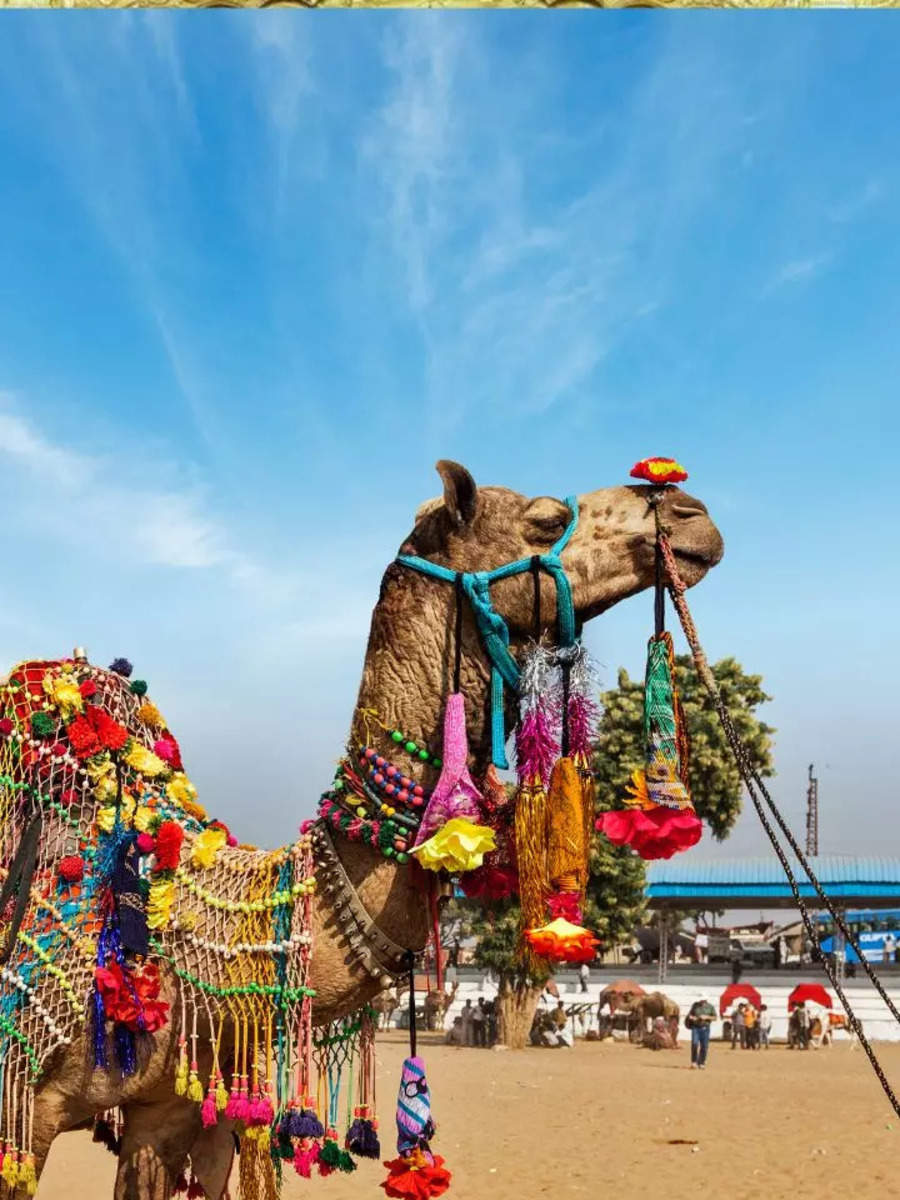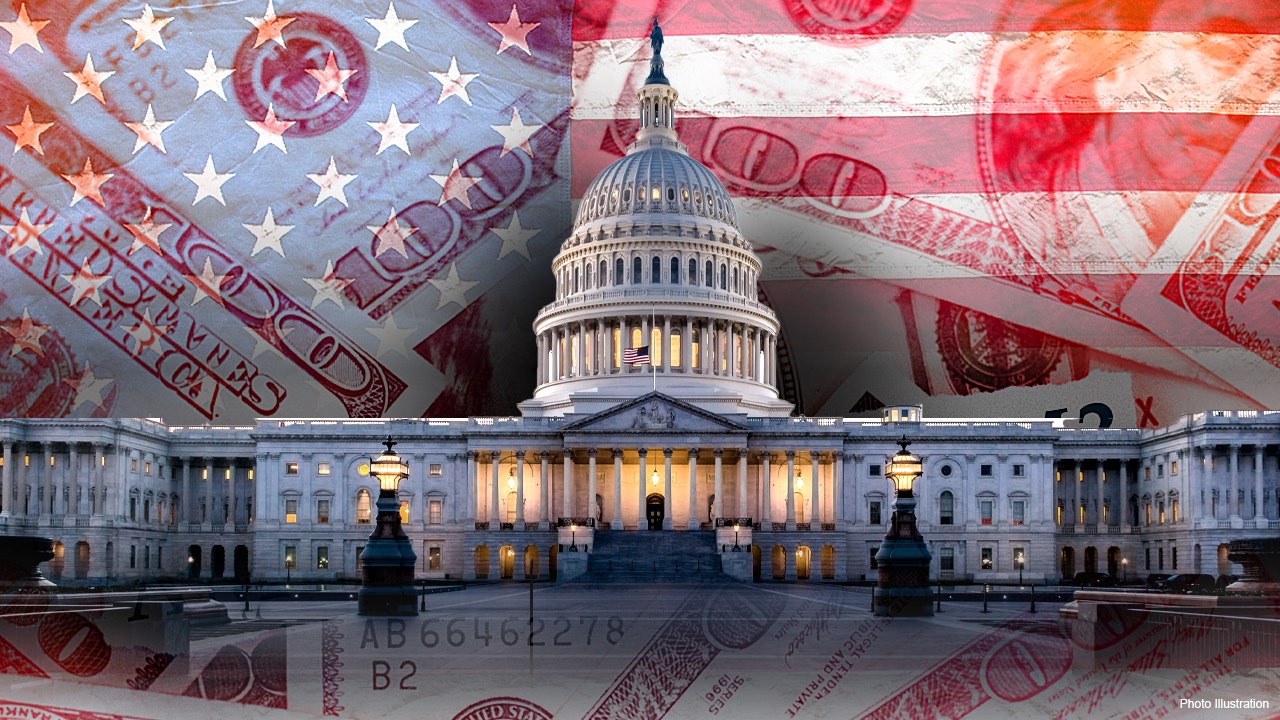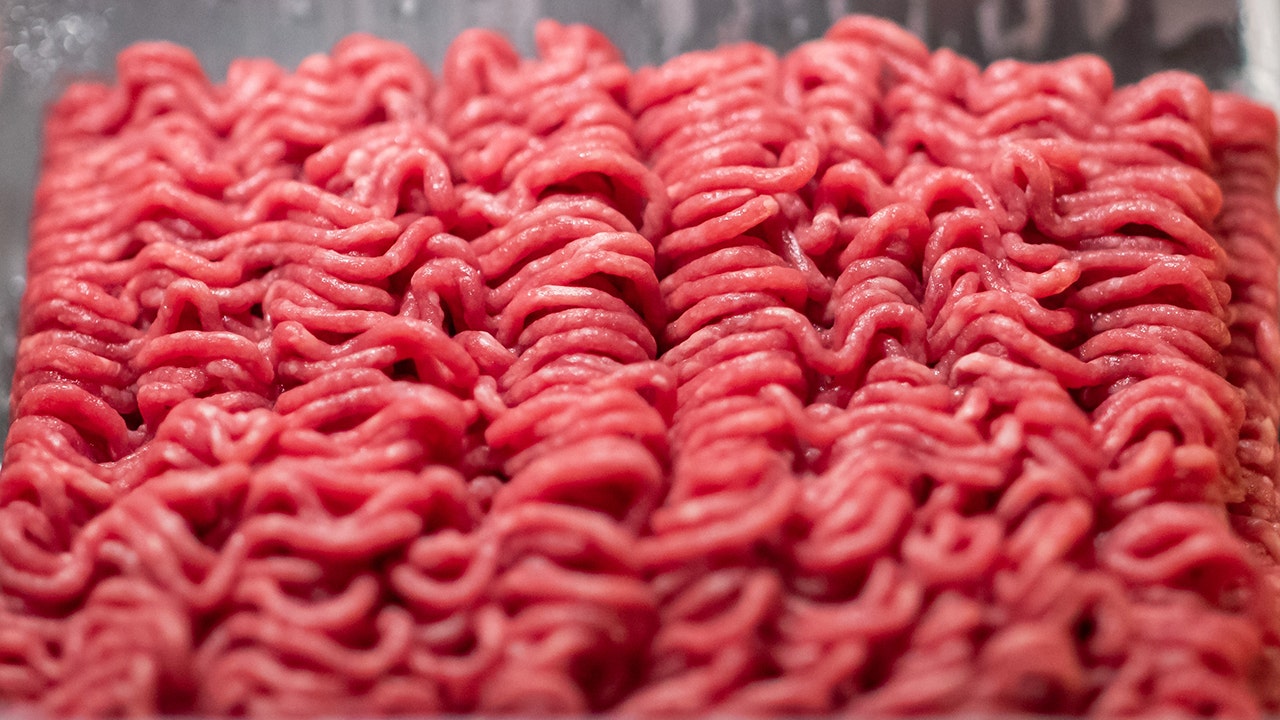The spiritual importance
Urad dal and rice are not only an integral part of the Indian diet but also carry profound symbolic meaning within the Shraadh ritual. According to the Hindu scripture, food prepared for Pitra Paksha should be sattvic; it should, therefore be pure, simple, and vegetarian in nature. Sattvic foods include urad dal and rice; both depict purity and simplicity, which makes them ideal for rituals to bring peace to the departed souls.
ALSO READ: 5 vegetarian dishes that you can eat during Pitru Paksha (Shraadh)
In Hindu tradition, food assumes an integral role in connecting the living with the deceased. The food offered during Shraadh is assumed to satisfy the souls of the ancestors and free them from worldly bonds so that their journey towards salvation becomes certain. Urad dal and rice are taken to represent nourishment to the soul as being easily digestible and high on nutrition. Their belief in the spiritual significance also lies in their power to cleanse past karmas so that liberation is provided to the ancestors.
It is also believed that the feeding of balls of pinda made from rice, sesame seeds, and barley flour to the ancestors quells the hunger in the other world. Thus, the inclusion of urad dal and rice in these pindas serves two distinct purposes – nourishment for the body and spiritual fulfillment for the soul.
Pitru Paksha 2023: Significance of ‘Pind Daan’ during ‘Pitra Paksha’, how Shradh rituals are performed
Why urad dal and rice were chosen?
Our ancestors, those who had an extremely profound understanding of nature and nutrition-chosen urad dal with rice as it creates an impeccable nutrition balance. Even today, modern nutrition science recognizes the health benefits in these ingredients. You might wonder why our ancestors specifically selected urad dal and rice, instead of a variety of other grains, pulses, or vegetables. The answer is the combined effects of tradition, practicality, and spiritual significance. Since both urad dal and rice were basic staples in ancient India, they formed a good basis for the diet. Since they were easy to store and prepare, these items were consumable, making them convenient choices for rituals that were meant to call for simplicity and purity.
ALSO READ: Foods you should never eat during Pitri Paksha/Shraddh
Other grains and pulses do not have the same spiritual feel to them as urad dal and rice. Finally, the combination of urad dal and rice in the Shraadh ritual can also be associated with the balance symbolism. Protein-rich urad dal represents energy and strength, and carbohydrate-rich rice represents a source of energy and sustenance. Together, they represent a well-balanced, complete meal which nourishes both the body and the soul.
The role of ancestral wisdom
While their great wisdom shows in the selection of urad dal and rice for Shraadh offerings, it is something far greater than mere nutritional or spiritual value. They talk about a deep understanding of life-death cycles. According to the philosophy of Hinduism, food is the only medium through which we connect with the universe. The offering of urad dal and rice during Pitra Paksha is actually a form of respect for the cycle of life, making it sure that our ancestors are fed well as they tread their spiritual path. While presenting those plain but wholesome foods, a soul recognizes that simplicity is important in life and they should not be obsessed with material attachments while living in the next world.
The importance of urad dal and rice is much in Shraadh, something that Pitra Paksha 2024 is approaching, thus proving itself over the ages. This food selected by ancestors for its nutritional, spiritual, and symbolic values epitomizes the deep wisdom embedded in Hinduism traditions. We give such urad dal and rice-like food to our forefathers not only as an act of respect but by feeding the soul and granting them peace in the afterlife. Simple yet profound offerings bring back visions from ancient times about how food, family, and life and death had eternal connections.
Other ingredients used in Shraadh rituals
While urad dal and rice hold primary significance in several Indian homes, there are some other foods too that are used in Pitri Paksha that include black sesame seeds, milk products, sugar, whole grains, and seasonal fruits etc.
(Thumb image courtesy: Canva)







